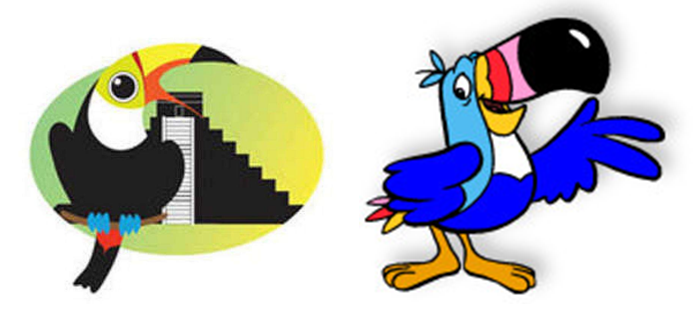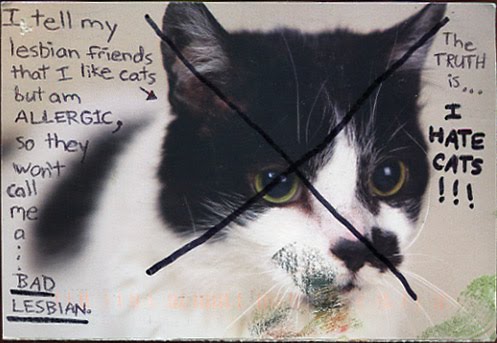 Super thanks to Rebecca Pardo for inviting me to be part of a segment on hook up culture for MTV News! She and her team did such a wonderful job of editing and illustrating the interview. I’m so tickled to be on MTV and excited to share it here!
Super thanks to Rebecca Pardo for inviting me to be part of a segment on hook up culture for MTV News! She and her team did such a wonderful job of editing and illustrating the interview. I’m so tickled to be on MTV and excited to share it here!
The gist? College students are having sex, but not as much as you might think. And most of them are kind of disappointed about the whole thing. All in three minutes!
For a longer and decidedly less MTV-y approach to this topic, feel free to watch a 40-minute version of the talk taped at Franklin and Marshall College (slideshow and transcript if you’d rather read).
Lisa Wade, PhD is an Associate Professor at Tulane University. She is the author of American Hookup, a book about college sexual culture; a textbook about gender; and a forthcoming introductory text: Terrible Magnificent Sociology. You can follow her on Twitter and Instagram.






